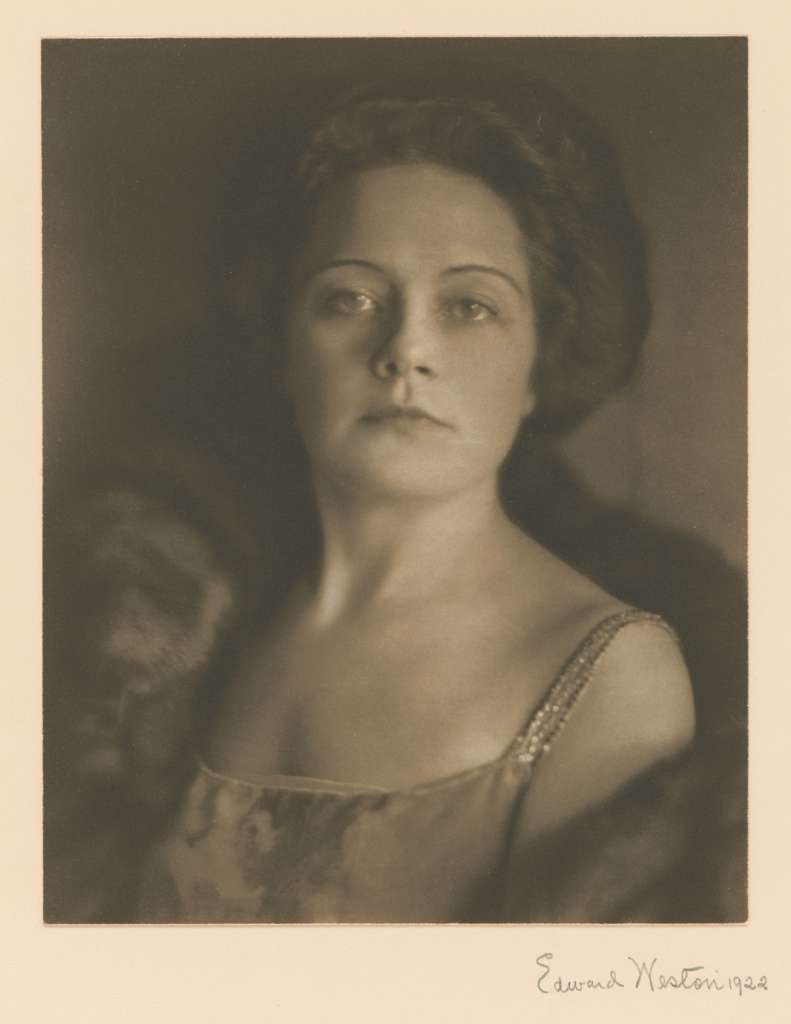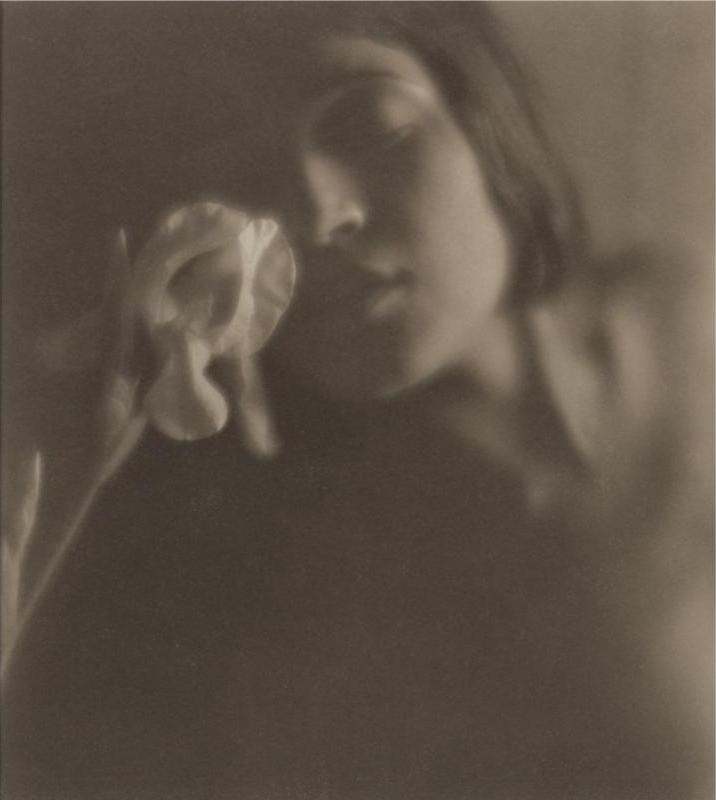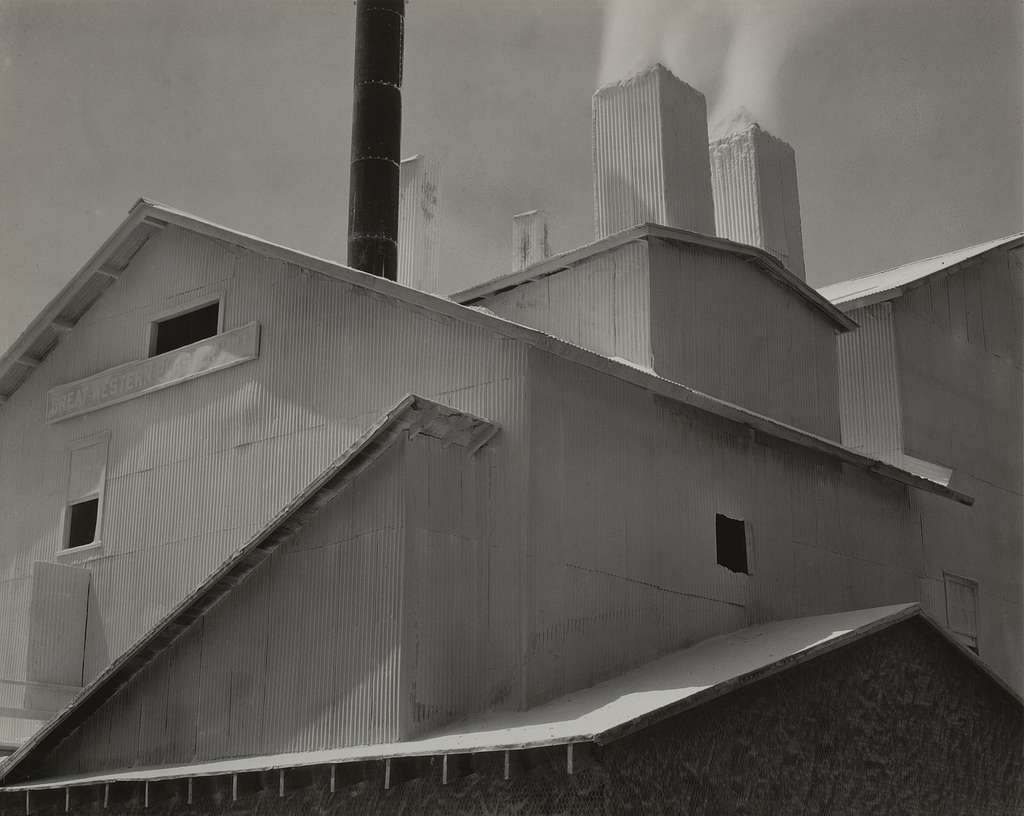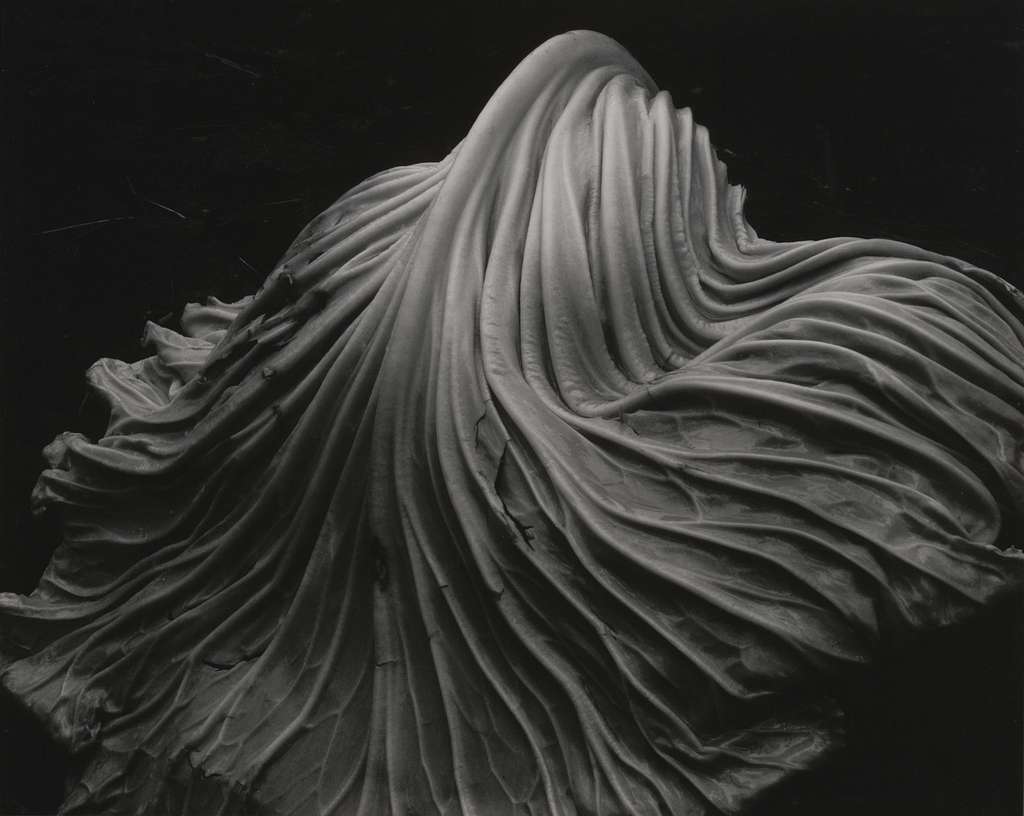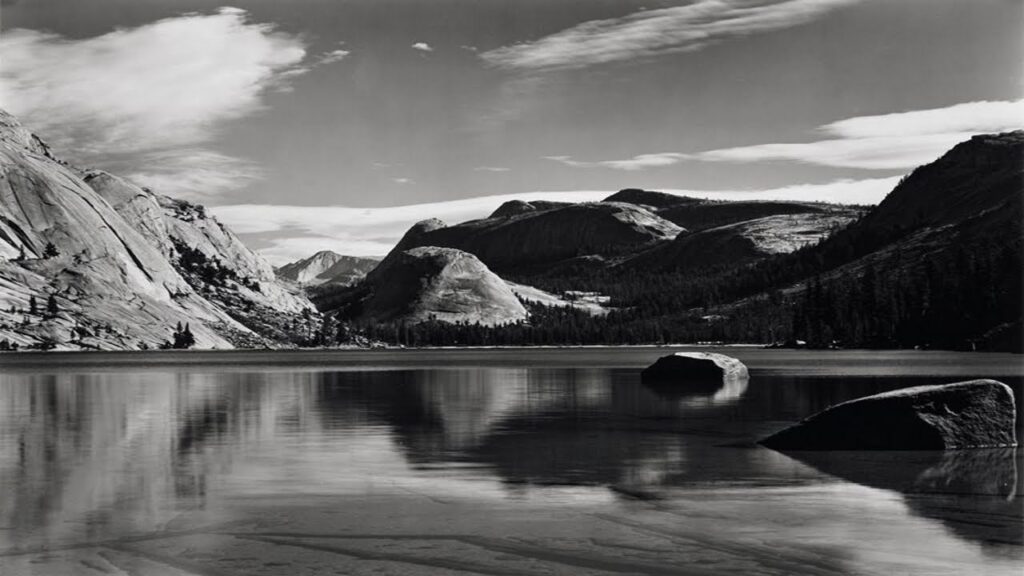Edward Weston: A Renowned Photographer’s Life and Work
Edward Weston was born on March 24, 1886, in Highland Park, Illinois. He was raised in a family that valued creativity and art. Weston’s early interest in photography began in his teenage years. His formal photography education began at the Illinois College of Photography in Effingham, Illinois. After completing his studies, he worked as a commercial photographer, focusing on portraiture and landscapes.
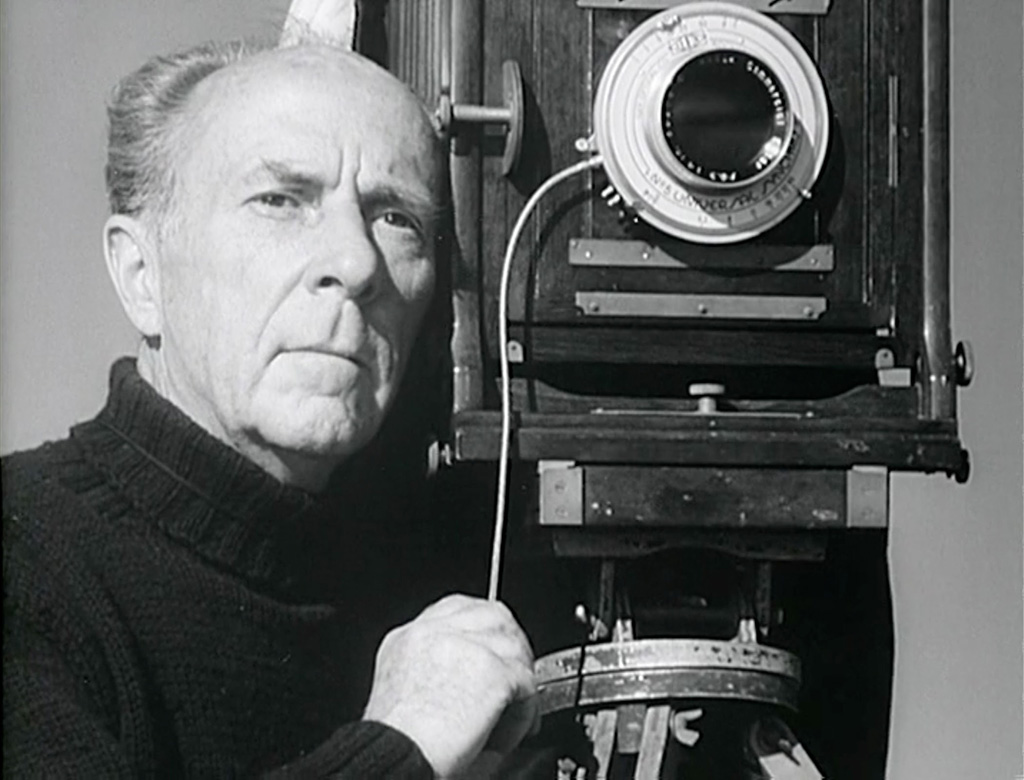
Moving to California and Starting His Career
In 1906, Weston moved to California, seeking new opportunities in the photography world. He worked as a photographer in Los Angeles and later in the San Francisco Bay Area. During this time, Weston began experimenting with different techniques, exploring new subjects, and refining his artistic vision. His work at this stage reflected the influence of pictorialism, which involved soft-focus, atmospheric imagery that resembled paintings.
Edward Weston Shift to Modernism and Artistic Vision
In the 1920s, Weston’s style began to shift toward modernism. He moved away from the soft-focus, romantic style of pictorialism and embraced a more realistic and sharp approach. Weston was influenced by the emerging modernist movement, which focused on clear, detailed, and precise imagery. He began using a large-format camera, allowing him to capture the finest details with exceptional clarity. Weston focused on natural objects, such as shells, vegetables, and landscapes, creating iconic images with texture, shape, and contrast.
The F64 Group and Edward Weston
In the late 1920s, Weston became a key member of the F64 group, a collective of photographers who sought to promote sharp-focus, high-quality prints. The group’s philosophy emphasized precision, clarity, and detail. Along with Ansel Adams and other photographers, Weston was part of a movement that moved away from soft-focus in favor of crisp, vivid images. The F64 group’s impact on American photography was immense, and their approach to the medium influenced generations of photographers.
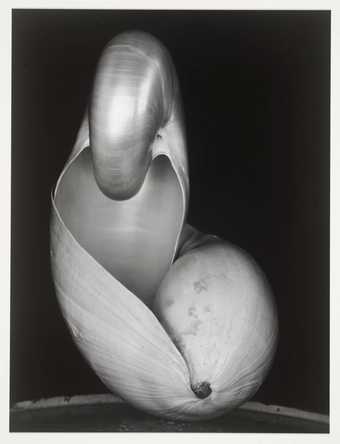
Iconic Works: “Pepper No. 30,” “Nautilus,” and More
Among Weston’s most famous works are his close-up photographs of natural objects. “Pepper No. 30,” taken in 1930, is one of his most iconic images, featuring a simple but striking close-up of a pepper. The image is noted for its sensual curves and the way Weston’s lens captured the play of light and shadow. Weston also took a series of highly detailed photographs of seashells, including the famous “Nautilus,” which depicted the spiral shape of a conch shell. His works were celebrated for their ability to reveal the underlying beauty of everyday objects, showing the intricate details often overlooked.
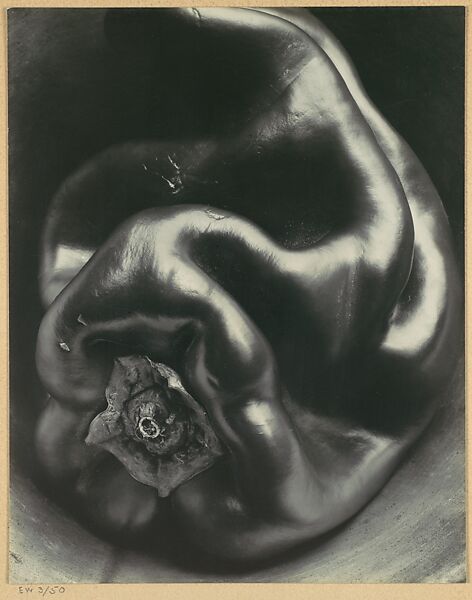
Edward Weston’s Personal Life and Relationships
Weston’s personal life was intertwined with his work. He married Flora in 1909, and they had two children. Flora was supportive of his career, and Weston’s early portraits were often of her. Weston had a complicated personal life, with multiple marriages. His second wife, Margaretta, had a significant influence on his work during the 1920s. His most notable relationship was with Charis Wilson, a model and fellow artist who became his muse. Wilson was instrumental in many of Weston’s nude studies, and their collaboration led to some of his most famous images of the human form.
Health Issues and Decline in the 1940s
In the 1940s, Weston’s health began to decline due to Parkinson’s disease. The disease made it increasingly difficult for him to continue his work. Despite this, Weston still made efforts to photograph in his later years. His deteriorating health limited his ability to travel and capture new subjects, but his influence on photography remained significant. Weston’s dedication to his craft, even in the face of illness, is a testament to his commitment to art and photography.
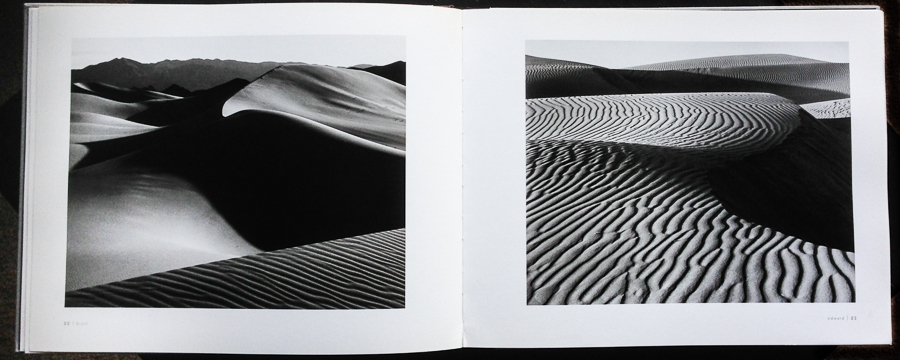
Edward Weston’s Legacy in Photography
People widely regard Edward Weston as one of the most influential American photographers of the 20th century. His exploration of light, form, and texture helped define the modernist movement in photography. Weston’s emphasis on detail and sharp focus changed how people viewed the world through the lens of a camera. His work continues to inspire photographers today. Museums and galleries worldwide showcase Weston’s work, and countless contemporary photographers reflect his influence in their own work.

Weston actively appreciated the beauty in everyday objects, which grounded his artistic philosophy. His work has made an enduring impact on the photographic world. Weston’s legacy extends beyond his photographs; his approach to capturing the natural world continues to inspire artists across various media.

